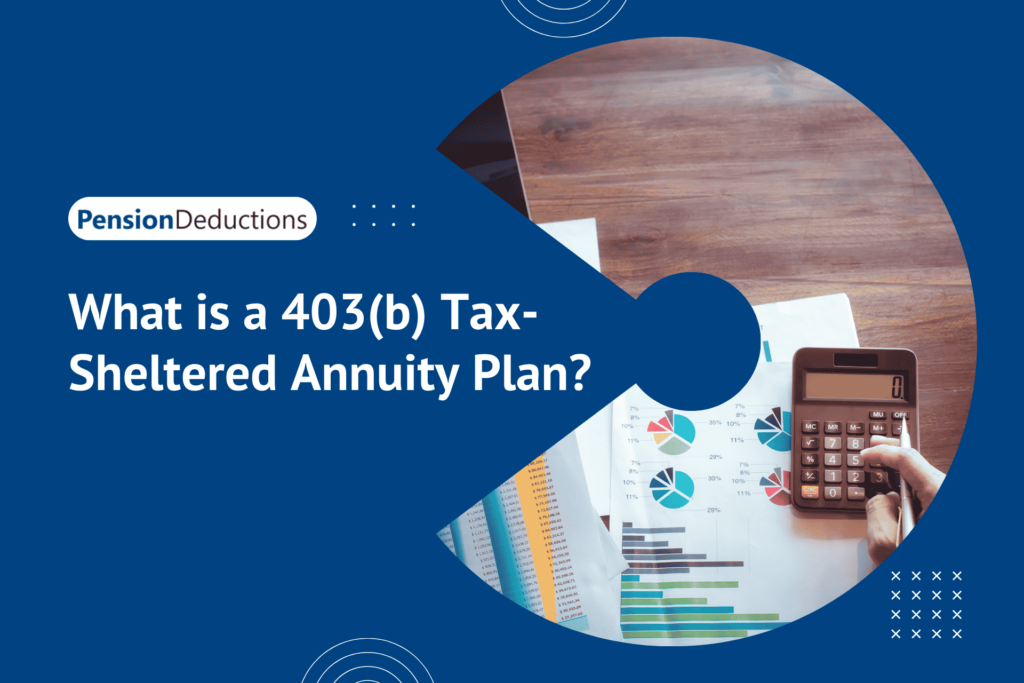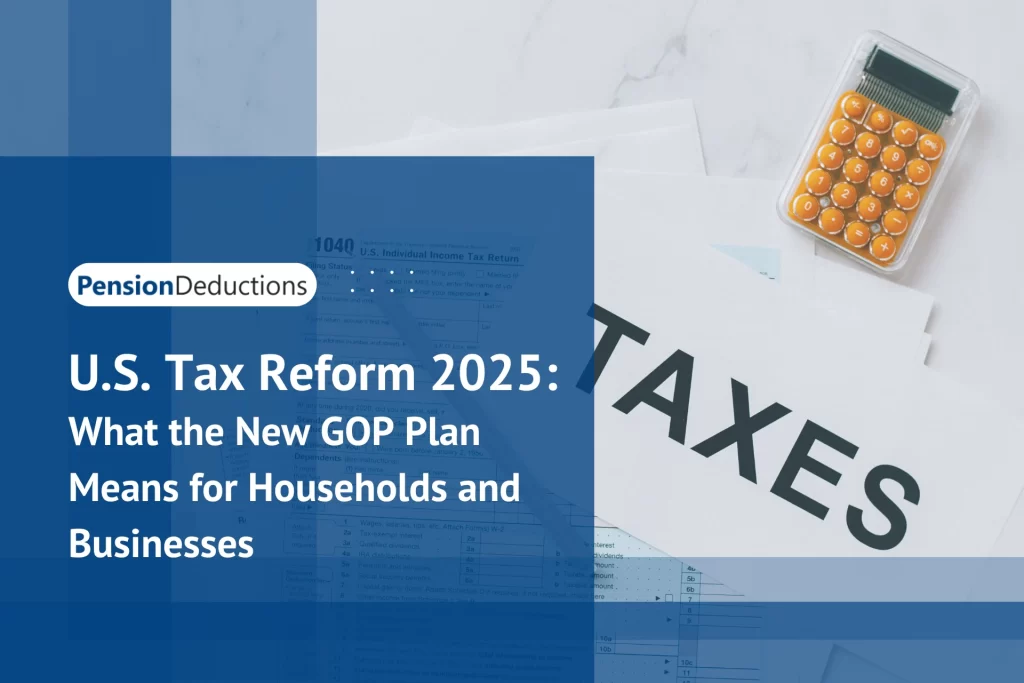Understanding the 403(b) Tax-Sheltered Annuity Plan
Definition and Purpose
A 403(b) Tax-Sheltered Annuity Plan allows eligible employees to save for retirement while receiving tax benefits. Unlike a 401(k), which is typically offered by for-profit companies, the 403(b) is tailored for employees of educational institutions and non-profits.
How it Works?
Participants in a 403(b) Tax-Sheltered Annuity Plan can contribute a portion of their salary to the plan before taxes are deducted. This means you won’t pay taxes on the money you contribute until you withdraw it during retirement. Additionally, any earnings on your investments grow tax-deferred.
Eligibility Criteria
Public Schools
Certain Non-Profit Organizations
Some Religious Organizations
Benefits of a 403(b) Tax-Sheltered Annuity Plan
Tax Advantages
High Contribution Limits
In 2024, the contribution limit for a 403(b) Tax-Sheltered Annuity Plan is $23,000 for those under 50. For individuals 50 and older, there’s a catch-up contribution option, allowing an additional $7,500, bringing the total to $30,500.
Employer Contributions
Schedule a Free Consultation Now!
Key Features of a 403(b) Tax-Sheltered Annuity Plan
Investment Options
Annuities
Mutual Funds
Stocks and Bonds
Withdrawal Rules
Rollover Options
If you change jobs or retire, you can roll over your 403(b) Tax-Sheltered Annuity Plan to another retirement account, such as a 401(k) or IRA, without incurring taxes or penalties. Understanding rollover options can help you maintain your retirement savings strategy.

Comparison with Other Retirement Plans
403(b) vs. 401(k)
403(b) vs. IRA
Latest Trends and Changes in 2024
Updates to Contribution Limits
For 2024, contribution limits for the 403(b) Tax-Sheltered Annuity Plan have increased, allowing for greater retirement savings. Staying updated on these changes is essential for effective retirement planning.
Investment Strategies
With market conditions constantly evolving, it's crucial to review your investment strategy within your 403(b) Tax-Sheltered Annuity Plan regularly. Consider diversifying your portfolio to manage risk and maximize growth potential.
Financial Education
Many employers are now offering financial education programs to help employees understand their 403(b) Tax-Sheltered Annuity Plan options. Taking advantage of these resources can empower you to make informed decisions about your retirement savings.
Conclusion
The 403(b) Tax-Sheltered Annuity Plan is a valuable tool for employees of public schools and non-profit organizations looking to save for retirement. By understanding the benefits, eligibility criteria, and investment options, you can make the most of this retirement savings plan. Whether you’re just starting your career or nearing retirement, a 403(b) Tax-Sheltered Annuity Plan can help you achieve your financial goals.
SHARE THIS POST
Explore the key differences between 403b vs 401k plans. Understand their features, benefits, and who should choose each for optimal retirement savings.
Explore the 403(b) Tax-Sheltered Annuity Plan for public and non-profit employees, highlighting tax benefits, contribution limits, and investment options for retirement.
Learn the key differences between a 403(b) and Roth IRA in this comprehensive guide. Discover tax benefits, contribution limits, and investment options for your retirement plan.
Introduction: 403b vs 457b In the realm of retirement planning, navigating through various options can be daunting. 403b vs 457b plans are two such retirement savings


